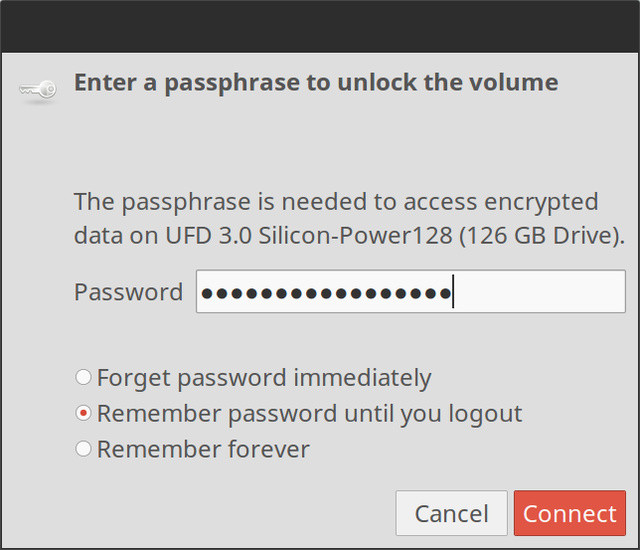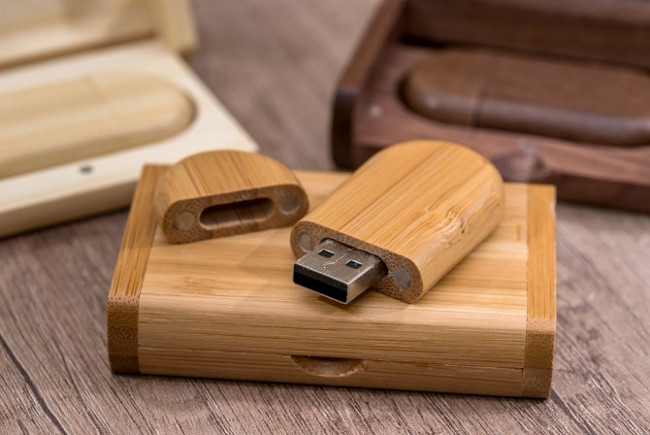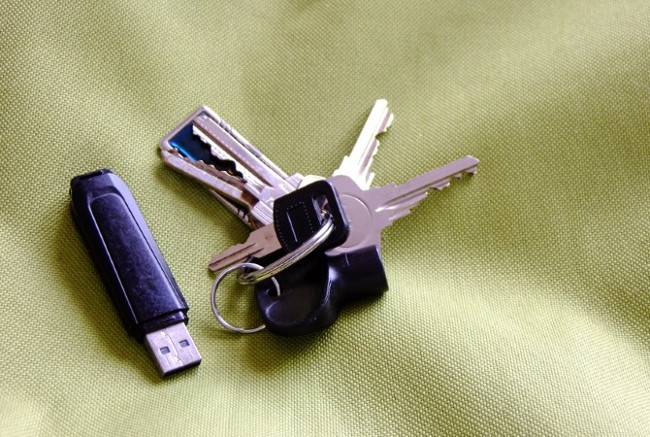4 small tips to help secure data on USB drive better
Most users often store their valuable data on a USB drive to avoid a system failure or virus attack.However, the biggest drawback is that users are not interested in encrypting their USB drive to prevent bad cases from happening.Even on devices that have Encrypted Partition integrated, adding passwords to use encryption is also considered inconvenient.
1. Use Encrypted Partition (encrypted partition)
 4 small tips to help secure data on USB drive better Picture 1
4 small tips to help secure data on USB drive better Picture 1
Most users often store their valuable data on a USB drive to avoid a system failure or virus attack. However, the biggest drawback is that users are not interested in encrypting their USB drive to prevent bad cases from happening. Even on devices that have Encrypted Partition integrated, adding passwords to use encryption is also considered inconvenient.
The advice for you is to use Encrypted Partition to protect important data, your personal data is safest.
Some tools can help you do this. On Windows operating systems you can use some tools like Rohos Mini Drive or USB Safeguard. Or if you're using Mac or Linux, you can use encryption tools designed to replace TrueCrypt like AxCrypt (Windows), DiskCryptor (Windows), and AESCrypt (Windows, Mac, Linux). You can also use the Linux Unified Key Setup tool.
2. Save 'sensitive' data on cloud storage service
 4 small tips to help secure data on USB drive better Picture 2
4 small tips to help secure data on USB drive better Picture 2
Another solution to improve data security on USB drives is that you should save these data on cloud storage services. Of course sharing data on cloud storage services, email or instant messaging (or instant messaging, online chat, chat - from chat in English, IM short for Instant Messaging, is translation The service allows two or more people to talk online via a computer network) quite simply and conveniently.
In addition, you can refer to some of the best cloud storage services available here.
3. Regularly perform backups
The advice for you is to back up your data regularly to avoid losing data. Of course, you also need to make sure that the disk space can store the amount of data you want to back up. In addition, you should also consider the security and importance of data. Does the data need to be encrypted?
If you need encryption, you can refer to opening the Encrypted Partition section above.
4. Use a USB drive to unlock the computer
 4 small tips to help secure data on USB drive better Picture 3
4 small tips to help secure data on USB drive better Picture 3
Every time you want to unlock your computer, you must enter the password into it. If you have to enter your password multiple times in a day, it makes you feel uncomfortable and spend your time. And moreover, if other people know your password, they can gain unauthorized access and steal your important information and data.
If you want to find another solution to unlock your computer more easily, USB Raptor is the first choice for you.
USB Raptor is a free tool that helps users to lock and unlock the computer using a USB drive as a key (without the user having to enter a password).
Refer to how to use USB Raptor here.
Refer to some of the following articles:
- 4 ways to fix USB errors without formatting: 'Windows was unable to complete the format'
- Protect your Google account with USB "security key"
- Summary of some ways to fix USB Device Not Recognized on Windows 7, 8 and 10
Good luck!
You should read it
- 10 simple ways to protect data and accounts
- Some common data security measures
- Enable two-layer security with Dropbox account
- Top 5 best cloud data storage service
- 5 types of data theft you should know to prevent
- Is it good or bad for Google to store medical data in the cloud?
- Secure data on DropBox with BoxCryptor
- Unlimited online data storage on Sendit.cloud
- How to store data on Bloom for free
- Kernel Data Protection: New data security feature on Windows 10 is coming soon
- Things to know when storing data on 'cloud'
- How to add the cloud icon to the Windows 10 right-click menu
May be interested

Instructions from A-Z how to remove advertising programs on Windows computers

Let's Encrypt - Create a free SSL certificate for 'poor people'

Common Run commands for Windows you should know

Hazards from shortened links and prevention

How to recover Windows passwords using iSeePassword

How many types of malware do you know and how to prevent them?






 What is Secure Erase?
What is Secure Erase? How to split the hard drive, merge the partition on Windows XP without worrying about losing data
How to split the hard drive, merge the partition on Windows XP without worrying about losing data How to completely delete data on the computer?
How to completely delete data on the computer? How to use BitLocker to encrypt data on Windows 8
How to use BitLocker to encrypt data on Windows 8 How to secure Google Drive on iPhone with Face ID
How to secure Google Drive on iPhone with Face ID How to transfer data from iPhone to Android using Google Drive
How to transfer data from iPhone to Android using Google Drive